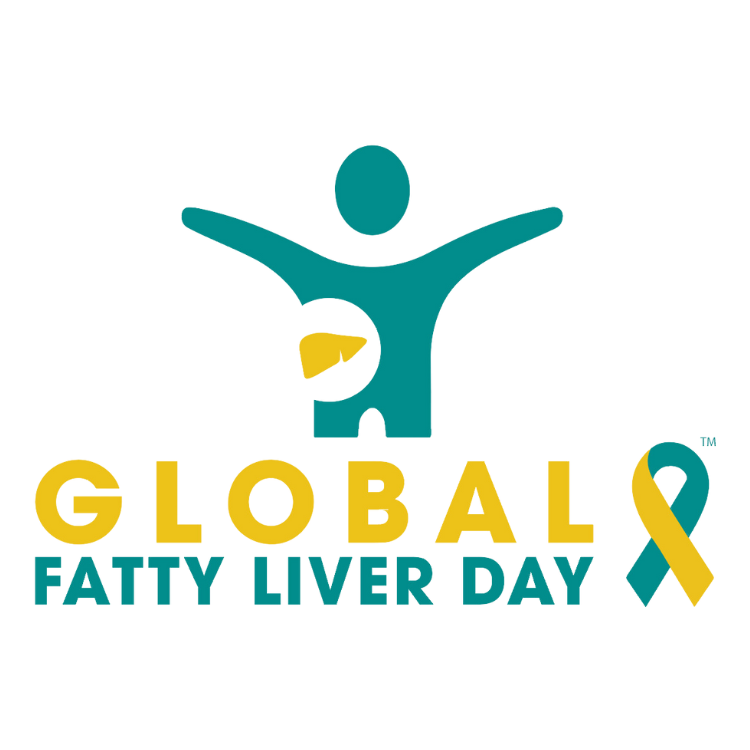The liver beast in my belly
On the morning of December 23, 2010, after having my gall bladder removed, I was shown a picture of my liver and told I had a stage 4 liver cirrhosis. It was a powerful and frightening moment – one that is seared into my memory. And one that began more than a half-decade of tests, misdiagnoses, and, eventually, lifestyle changes.
I was astonished that morning to learn that my case was pretty typical. Cirrhosis, the final stage of liver disease leading to liver failure, is commonly reached without any warning symptoms. I remember very clearly my doctor’s words: “I’m sorry, but we have nothing to offer. There is no treatment.” My vision of my liver was that of a deadly beast that would kill me. Being told that losing weight and exercising could help didn’t inspire.
Later, the pathology report came in and showed that I did not have cirrhosis, not even fibrosis. Shocker. But in hindsight that report was an error: In 2014 after a series of blood tests I was diagnosed as having cirrhosis as a result of hemochromatosis. That was certainly a blow but at least this kind of cirrhosis, I was told, was potentially manageable with phlebotomies. And over time I had seven liters of blood drawn.
I’m an engineer, so learning about the beast was natural for me. I made it my goal to understand the details. I sought second opinions. I read the research. I got my biopsy slides and got a pathologist to sit at the microscope with me and explain the nuances. Eventually, assuming possible liver failure, I got a referral to a transplant center and went through yet another analysis. I was told I actually don’t have hemochromatosis but I’m a cirrhotic NASH (non-alcoholic steatohepatitis) patient.
By then I understood the diagnostic challenges so I was more prepared than most people for what I heard. And because of my research I had internalized the message of the importance of lifestyle change and weight loss — and I was determined to do everything I could to defeat the liver beast.
The result: I’ve lost 45 pounds with a healthier food strategy without feeling hungry or deprived. Learning about vegetables I’d never tried has been an adventure. Not eating juicy steaks, sugary deserts or other foods I had once loved is doable with a clear goal in mind.
The payoff came during my recent biopsy: All of the relevant tests looked good, and my disease doesn’t appear to be progressing. My wife and I celebrated with a salad.
The tests and various diagnoses haven’t been easy, nor has changing my lifestyle. But I’ve managed to avoid backsliding because I had my research and knew that change could help. For now I’ve shackled the liver beast in my belly, though I can’t help but wonder if yet another twist lies ahead.
Wayne Eskridge
Cirrhosis patient
